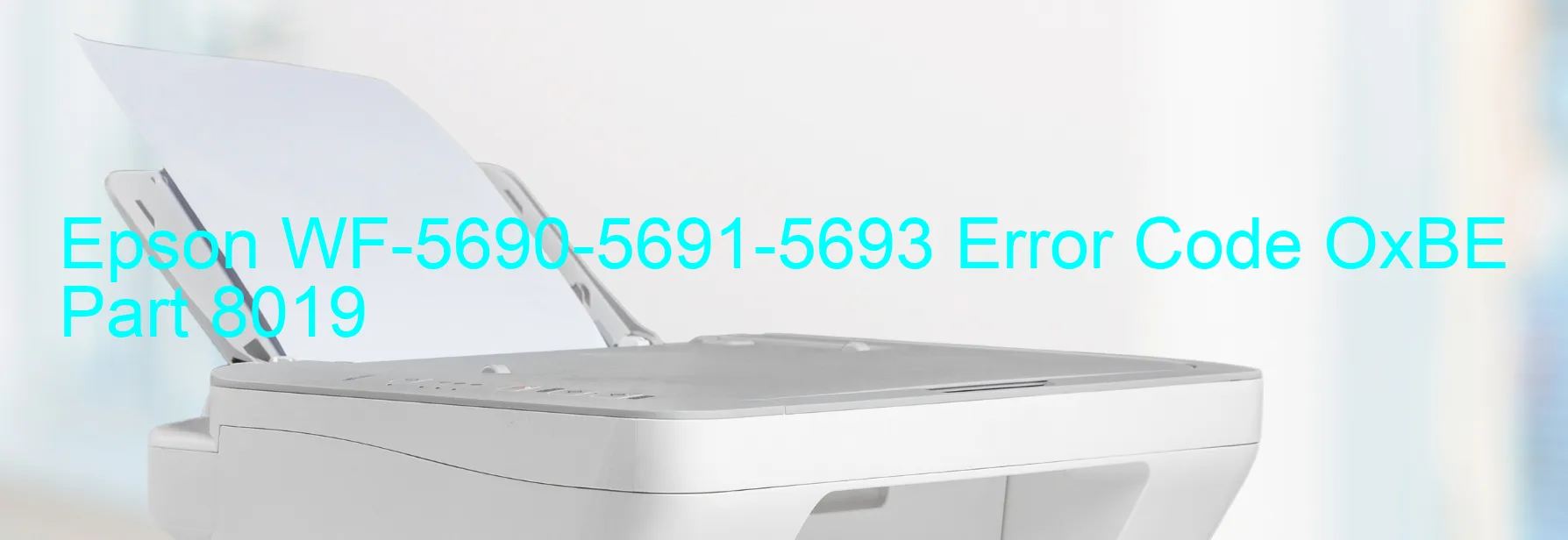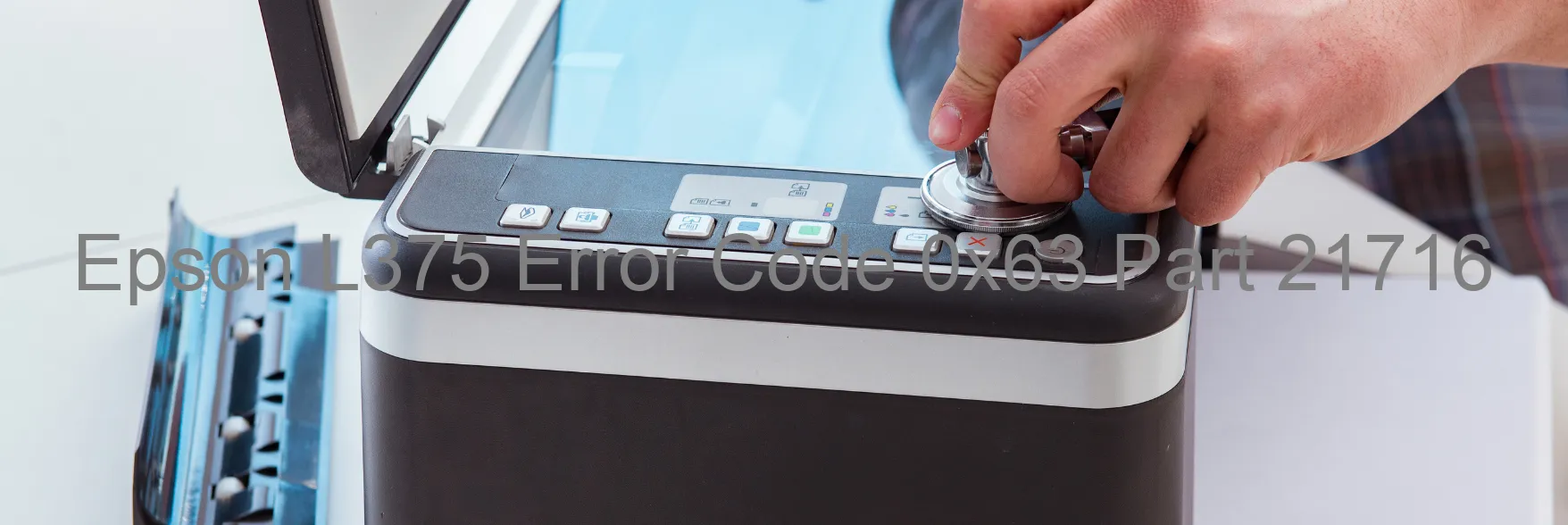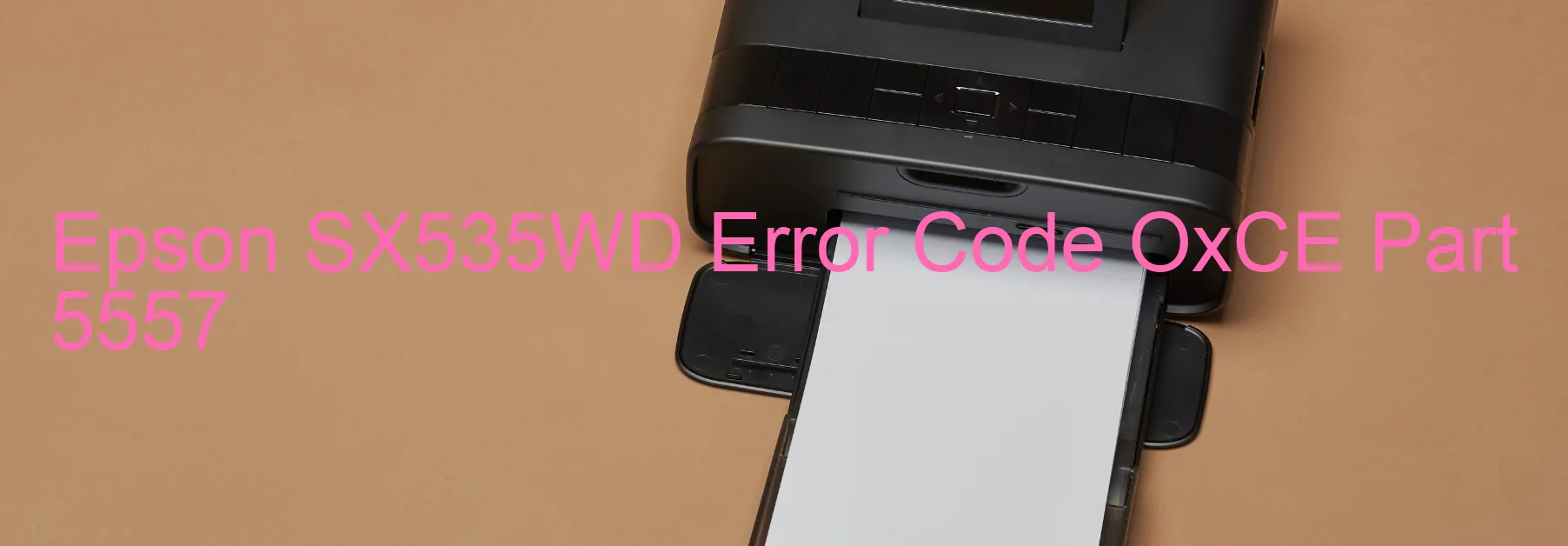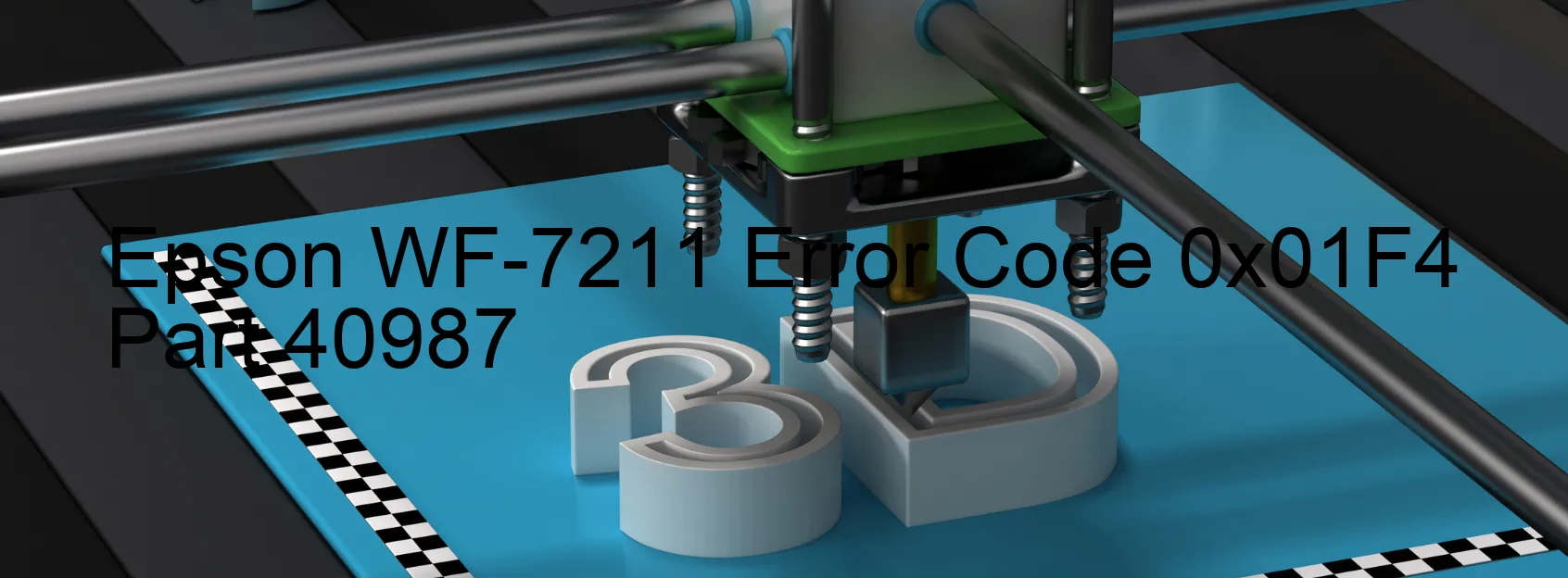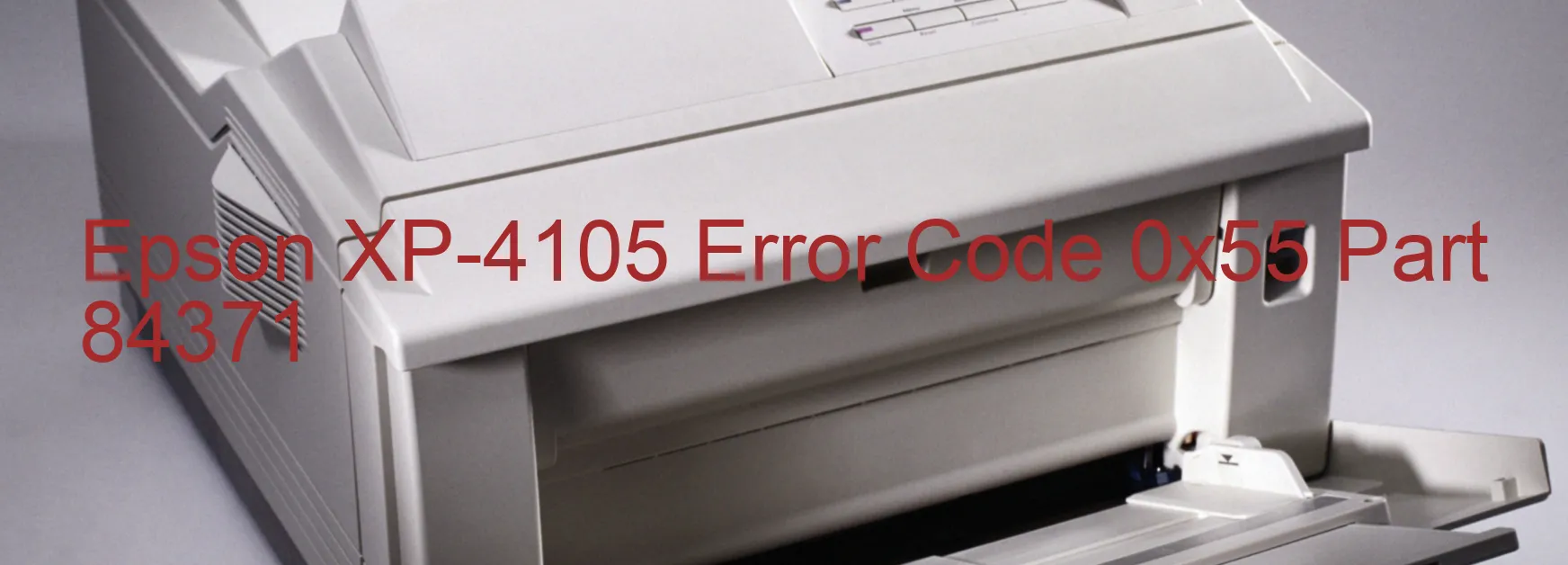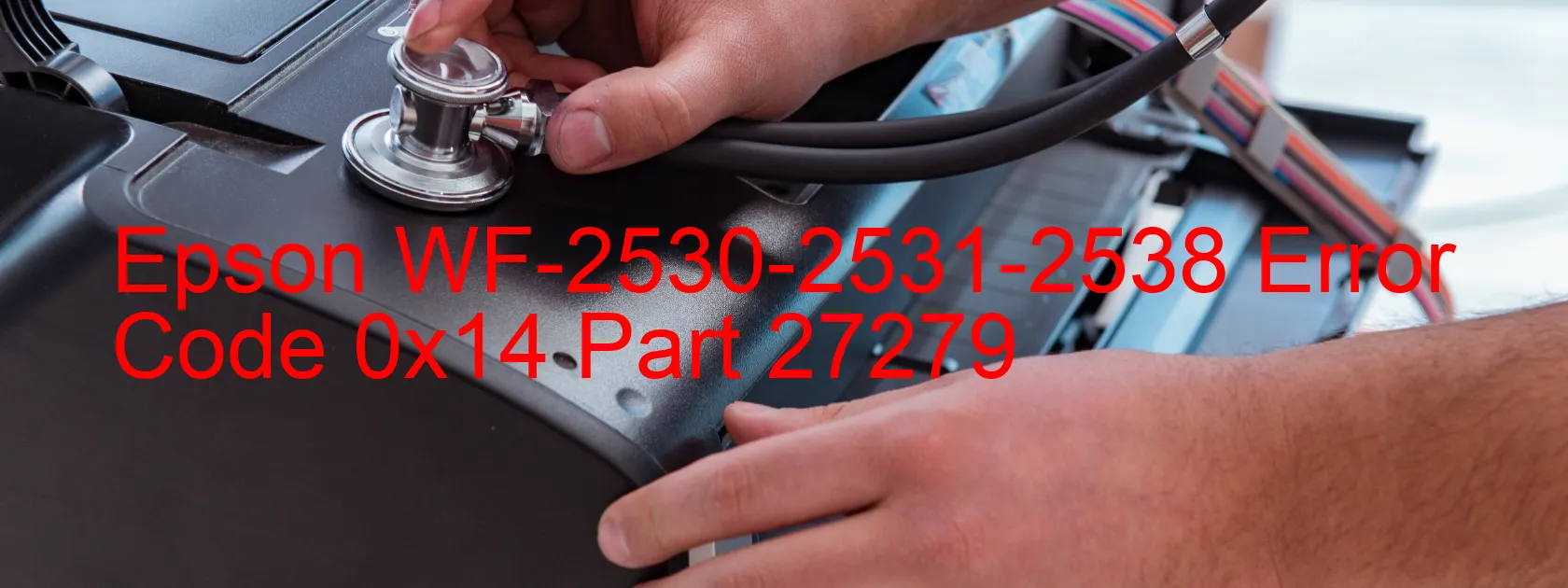Epson XP-332-333-335 Error OxEA

Epson XP-332-333-335 Error code OxEA: Troubleshooting and Description
The Epson XP-332-333-335 Error code OxEA is a common issue encountered by printer users. This error is displayed on the printer’s screen and can indicate various problems that need to be addressed. Some of the potential causes of this error include CR load position excess load error, CR encoder failure, CR motor failure, carriage overload, tooth skip, improper tension of the timing belt, or cable or FFC disconnection.
When encountering this error, it is important to perform troubleshooting steps to identify and rectify the underlying issue. Here are a few recommended solutions:
1. Check for any obstructions: Inspect the printer’s carriage and paper feed path for any debris, such as paper scraps or foreign objects. Remove any obstructions that may hinder the movement of the carriage or affect the timing belt.
2. Reset the printer: Turn off the printer and unplug it from the power source. Wait for a few minutes and then plug it back in. Power on the printer and check if the error persists.
3. Ensure cable connections: Make sure all the cables and flat flexible cables (FFCs) are securely connected to their respective ports. Loose connections can cause communication errors and lead to error OxEA.
4. Check the encoder strip: The encoder strip is a transparent plastic strip located behind the carriage. Ensure it is clean, free from any dirt or ink, and properly aligned. Improper alignment or contamination can cause errors.
If the above steps do not resolve the issue, it is recommended to contact Epson support for further assistance. They can provide specific instructions or schedule a repair if required.
Proper troubleshooting and maintenance can help resolve the Epson XP-332-333-335 Error code OxEA, allowing you to resume uninterrupted printing.
| Printer Model | Epson XP-332-333-335 |
| Error Code | OxEA |
| Display on | PRINTER |
| Description and troubleshooting | CR LOAD POSITION excess load error. CR encoder failure. CR motor failure. Carriage overload. Tooth skip or improper tension of the timing belt. Cable or FFC disconnection. |
